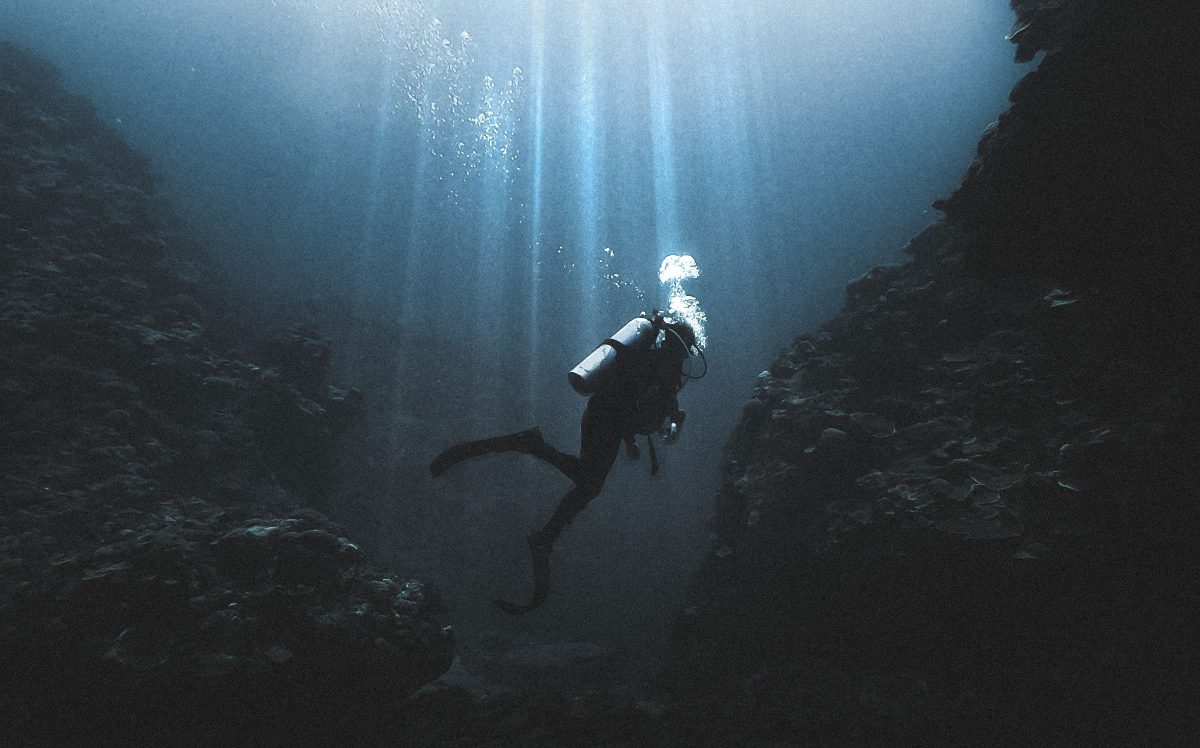In 1927 Miss Mercedes Gleitze successfully swam across the English Channel. It was her eighth attempt. However, a rumour began that another woman had swam it first. So she attempted it a ninth time, but failed due to the cold. Rolex had asked her if she would carry their new Oyster watch. Which she agreed to do. And after the occasion Rolex advertised that their watch survived the swim across the English Channel. Rolex always did have a flair for marketing.

And so began a race for the world’s most waterproof watch.
A brief timeline of early waterproof watches 1850-1960
1851 Pettit & Co. A pocket watch was displayed in a glass globe filled with water.
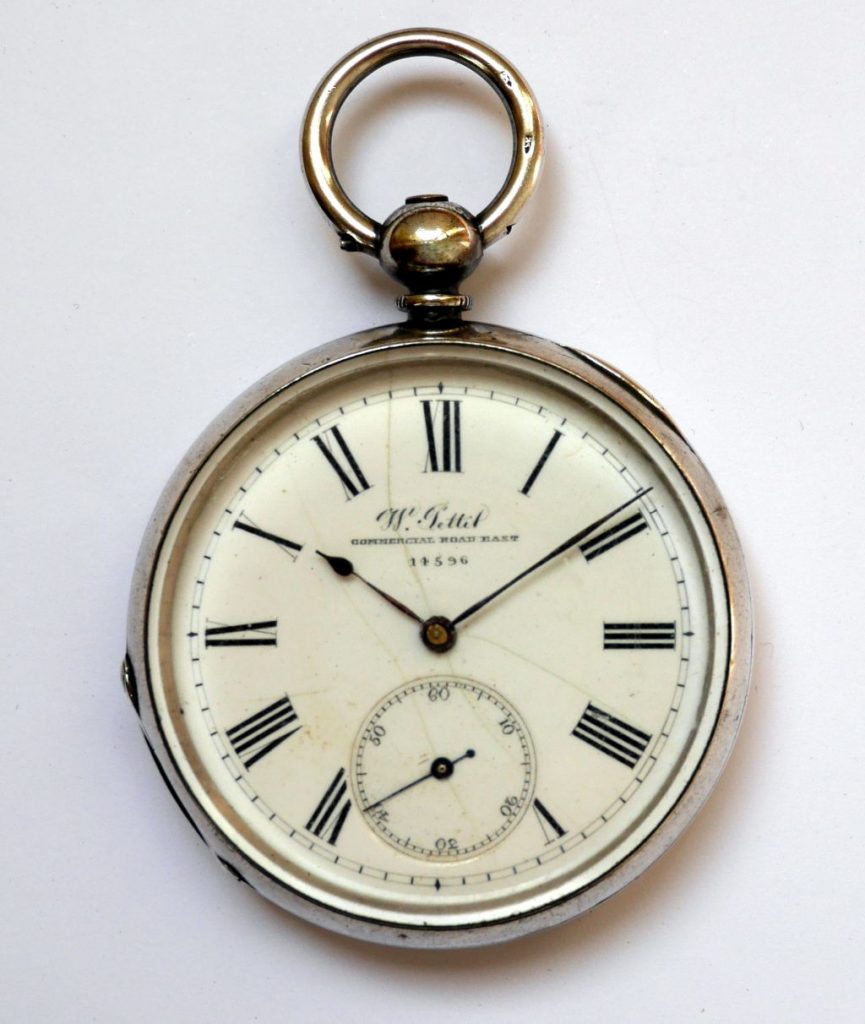
1891 François Borgel patented a water resistant wrist watch case. Later tested by David Boettcher and found to be waterproof for the time.
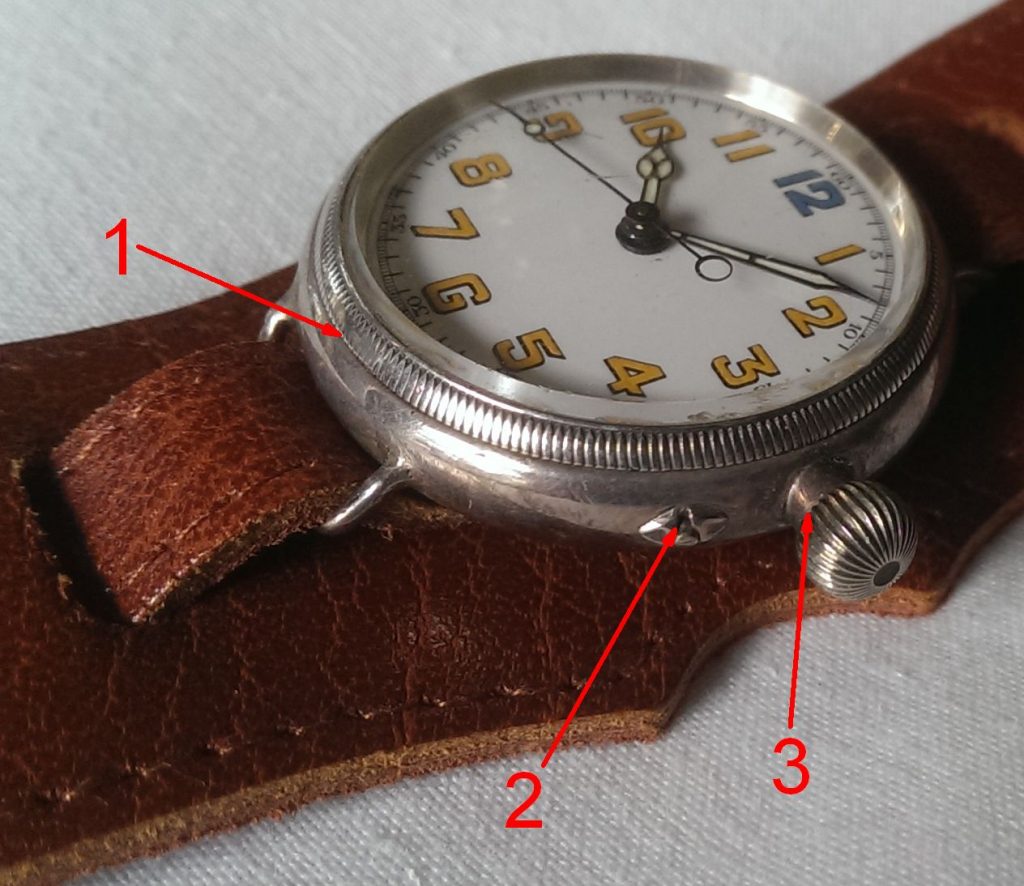
1915 Tavannes released the Submarine (sold by Brooke & Son). A watch that was dust and waterproof.
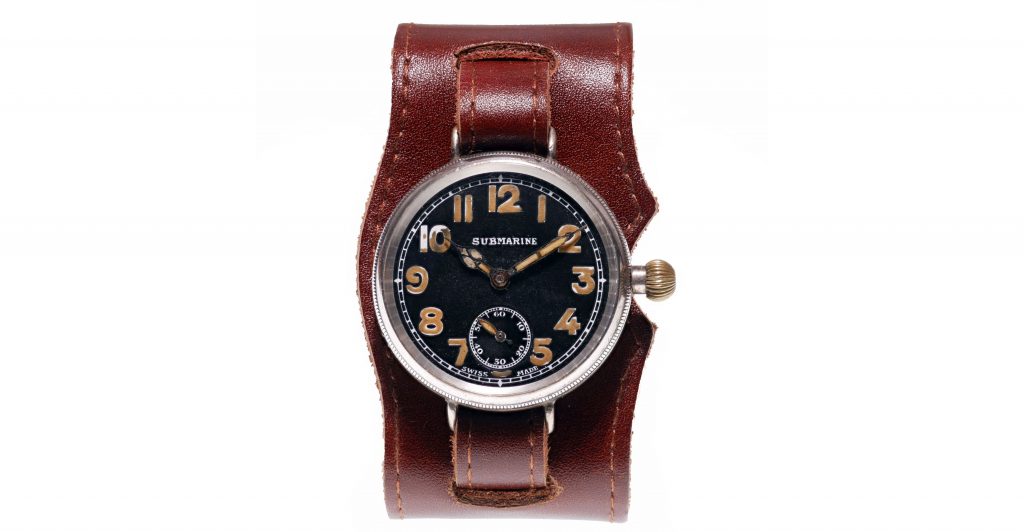
1926 Rolex released the Oyster. A watch with a hermetically sealed case.
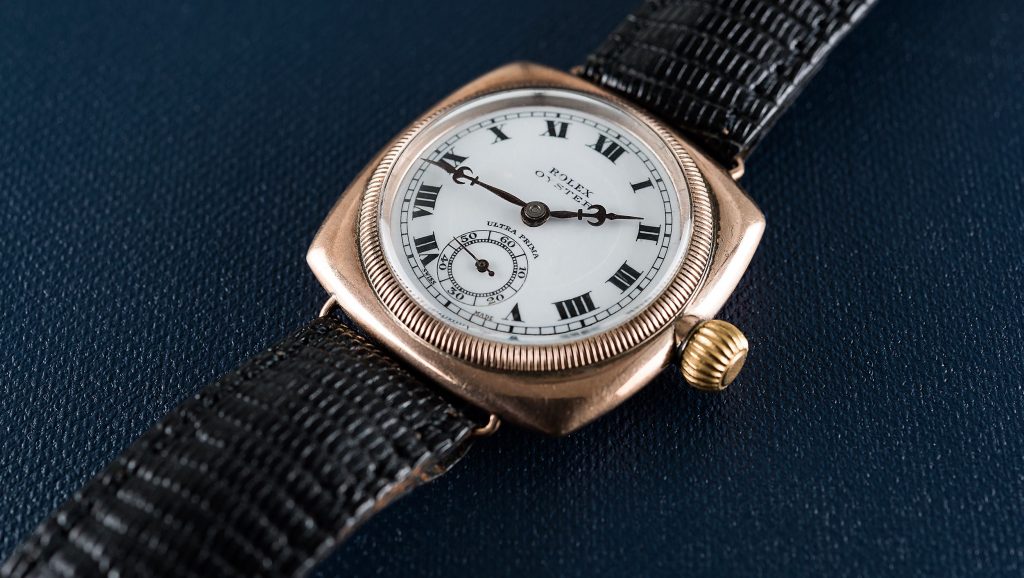
1932 Omega released the Marine. Which had a second case surrounding the watch to seal out water.
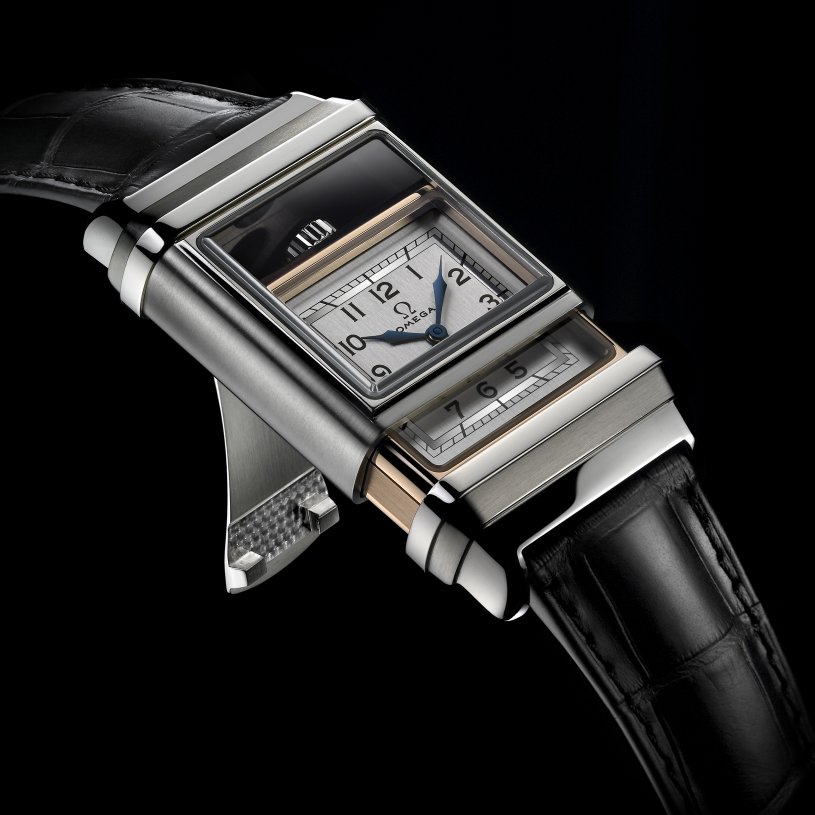
1934 Mido released the Multifort. Which had a sealed waterproof crown and was shockproof, anti-magnetic, waterproof and automatic. Notable that it was an improvement to the Borgel case design released in 1891.
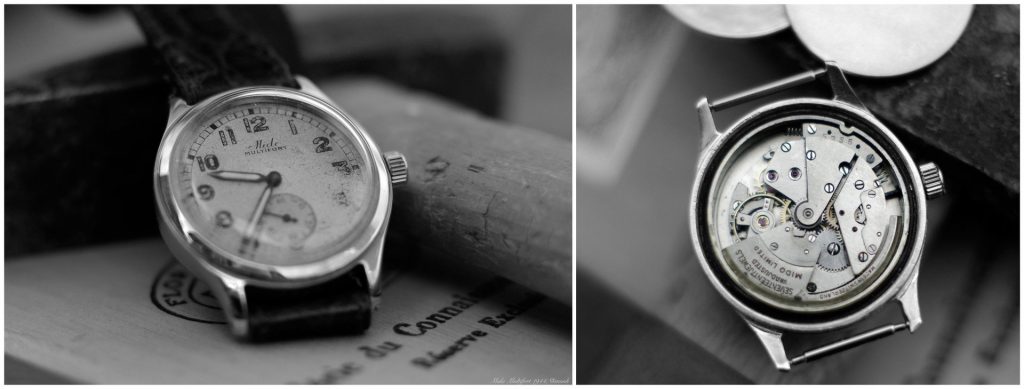
1938 Panerai released the Radiomir. Which used radium based paint which gave off a blue glow in the dark making the dial legible for divers.
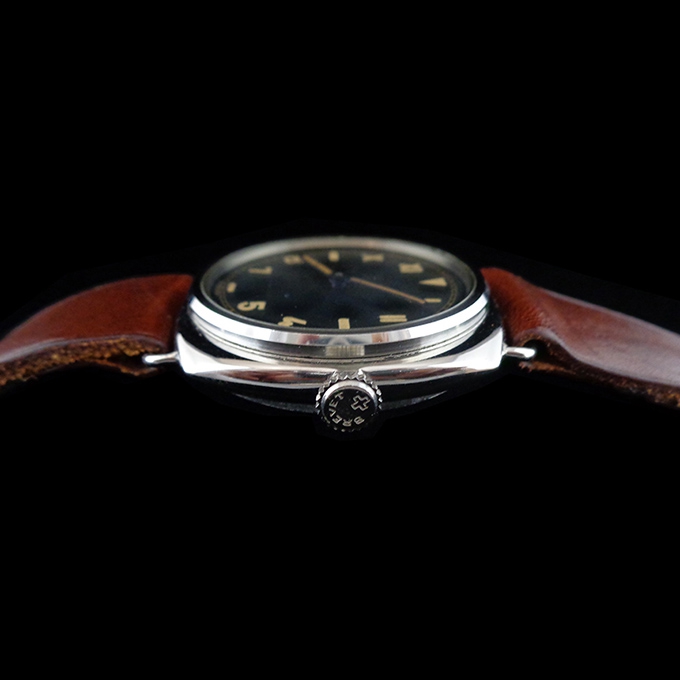
1950 Panerai released the Luminor. Which used a large crown guard, plexiglass, and tritium for the loom.
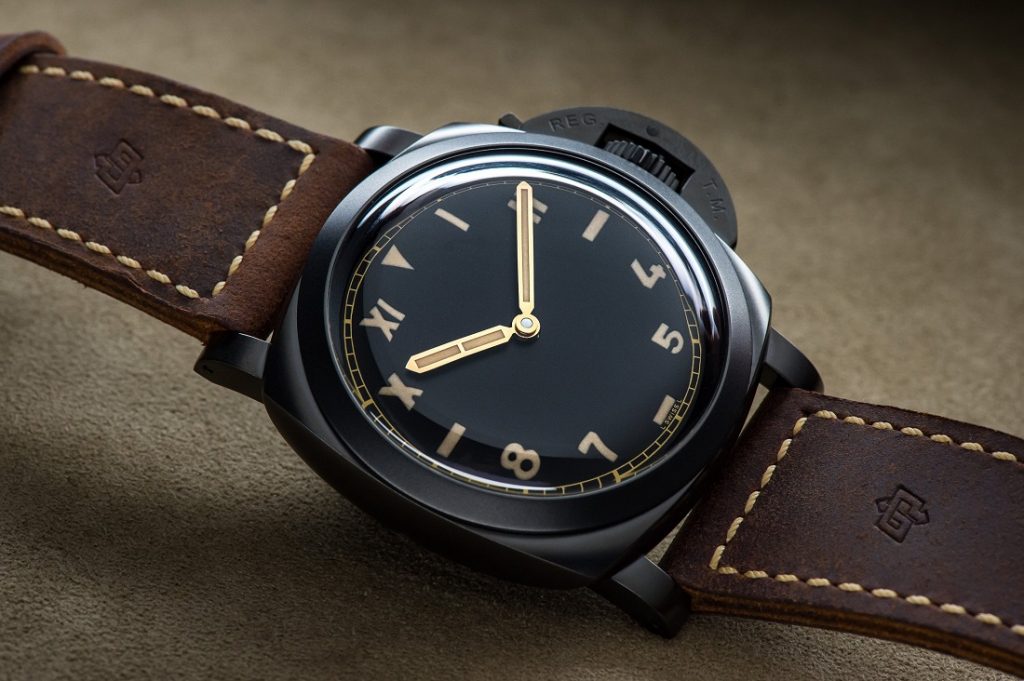
1953 Blancpain released the Fifty-Fathoms. Which used a rotating bezel and had water resistance to 300ft (50 Fathoms).
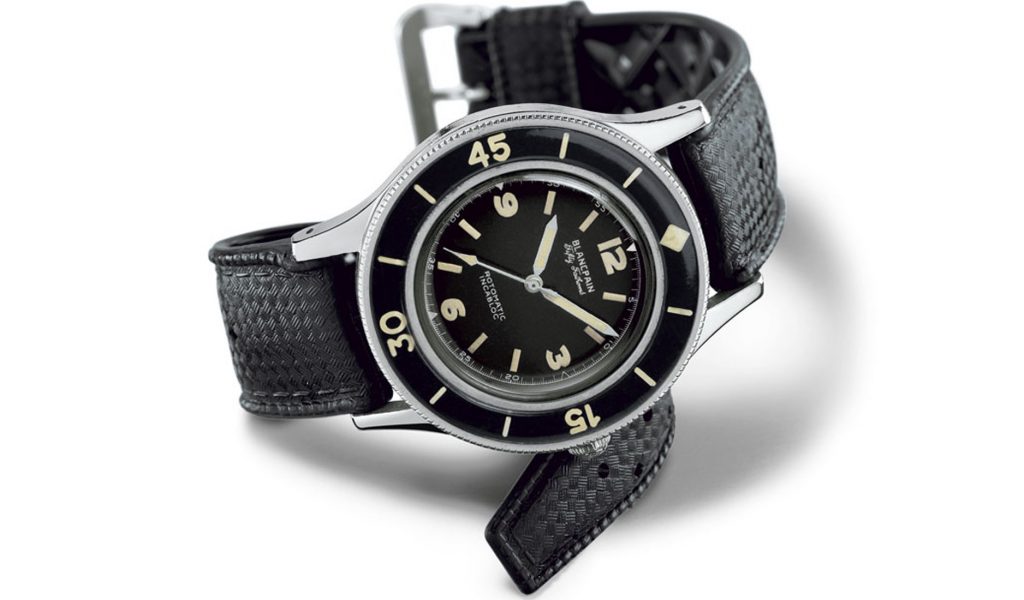
1953 Zodiac released the Sea Wolf. Which used a steel rotating bezel and had a 150m water resistance (82 fathoms).
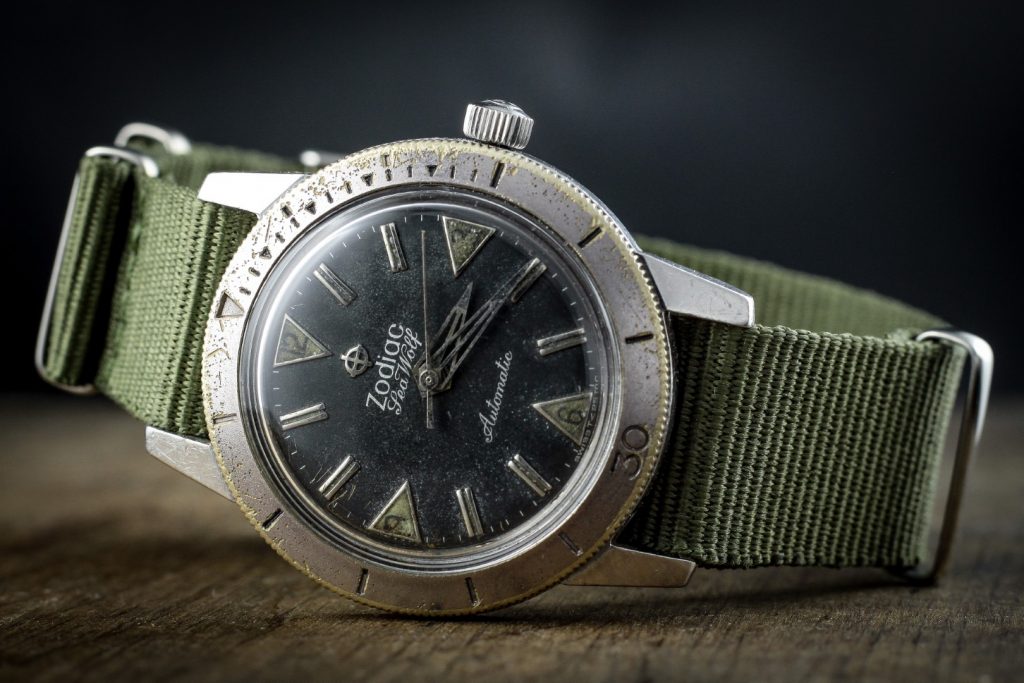
1954 Rolex released the Submariner. Which used the rotating bezel and the screw-down crown. Rolex held the patent for the screw-down crown.
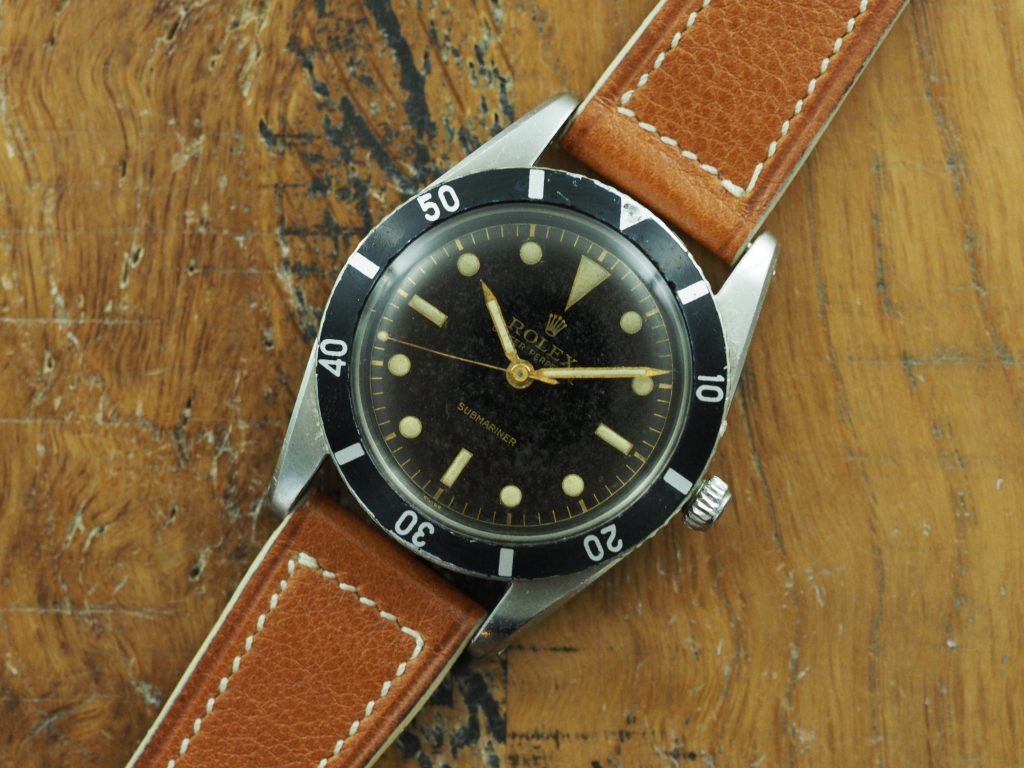
1957 Omega released the Seamaster 300. Rated to 200 meters.
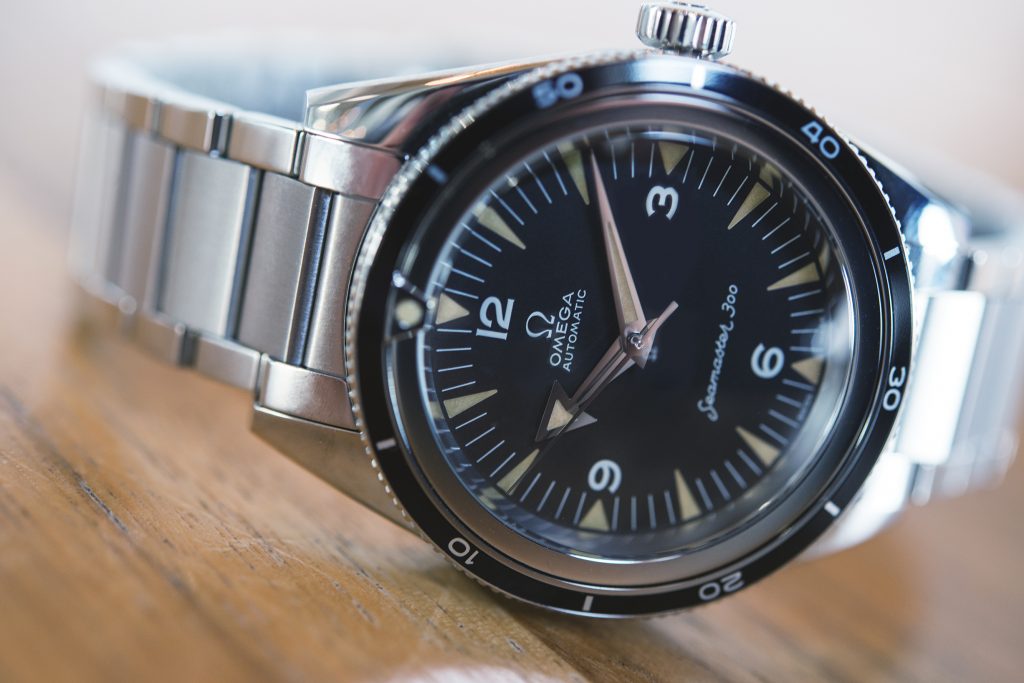
1959 Mido released the Ocean Star. Which used an innovative solid case back design, the cork-sealed crown, a pressure fitted crystal and had a water resistance of 300 meters. They issued various dial varieties of this model. The most famous and significant is the one with the colourful decompression scale.
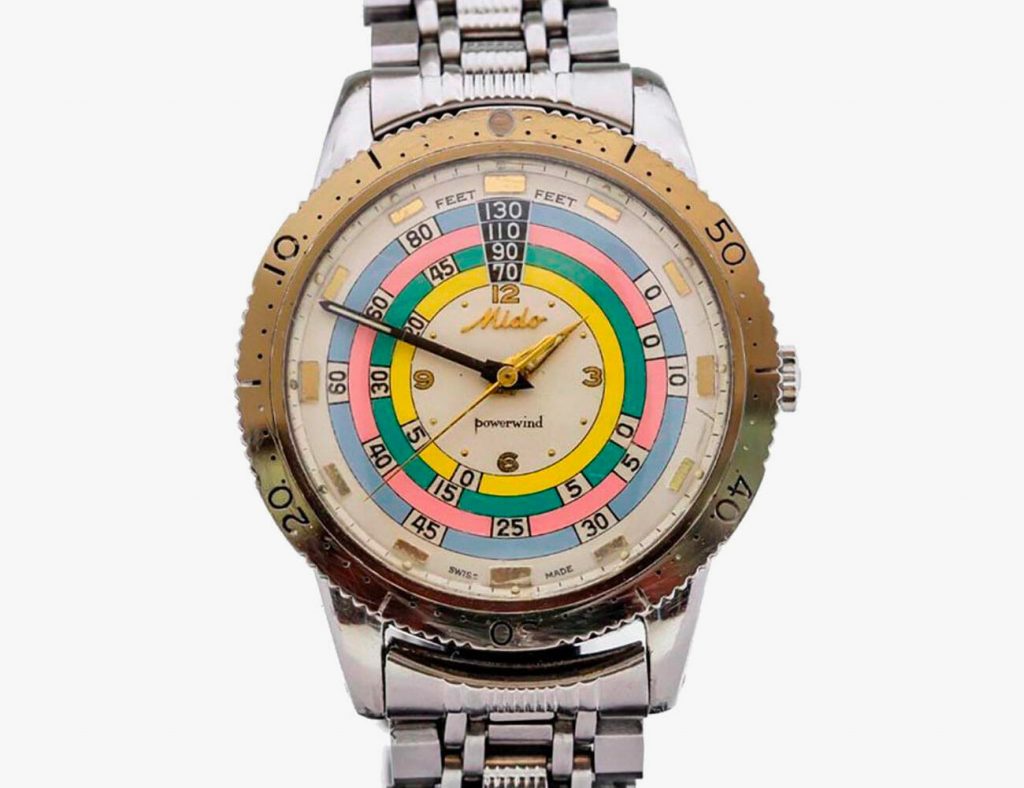
The innovation of waterproof watches continued well into the 1970s. The period of time from 1850-1960 marked two world wars and a significant advance of technology. Watches went from being utterly defenceless to water to being useful tools at depth. It was an age of deep sea marvel. And set the stage for the emerging watersport and skin-diver enthusiasts of the 1960s and beyond.

